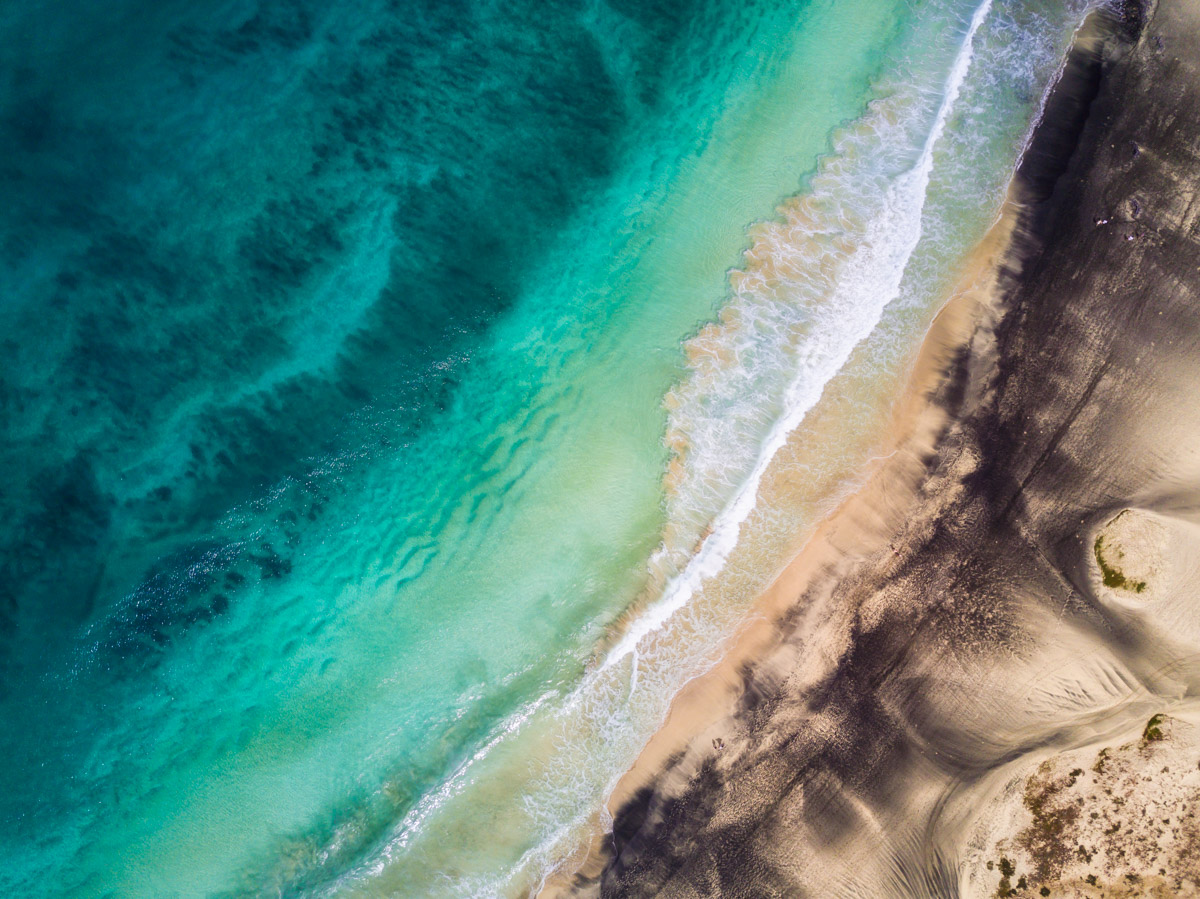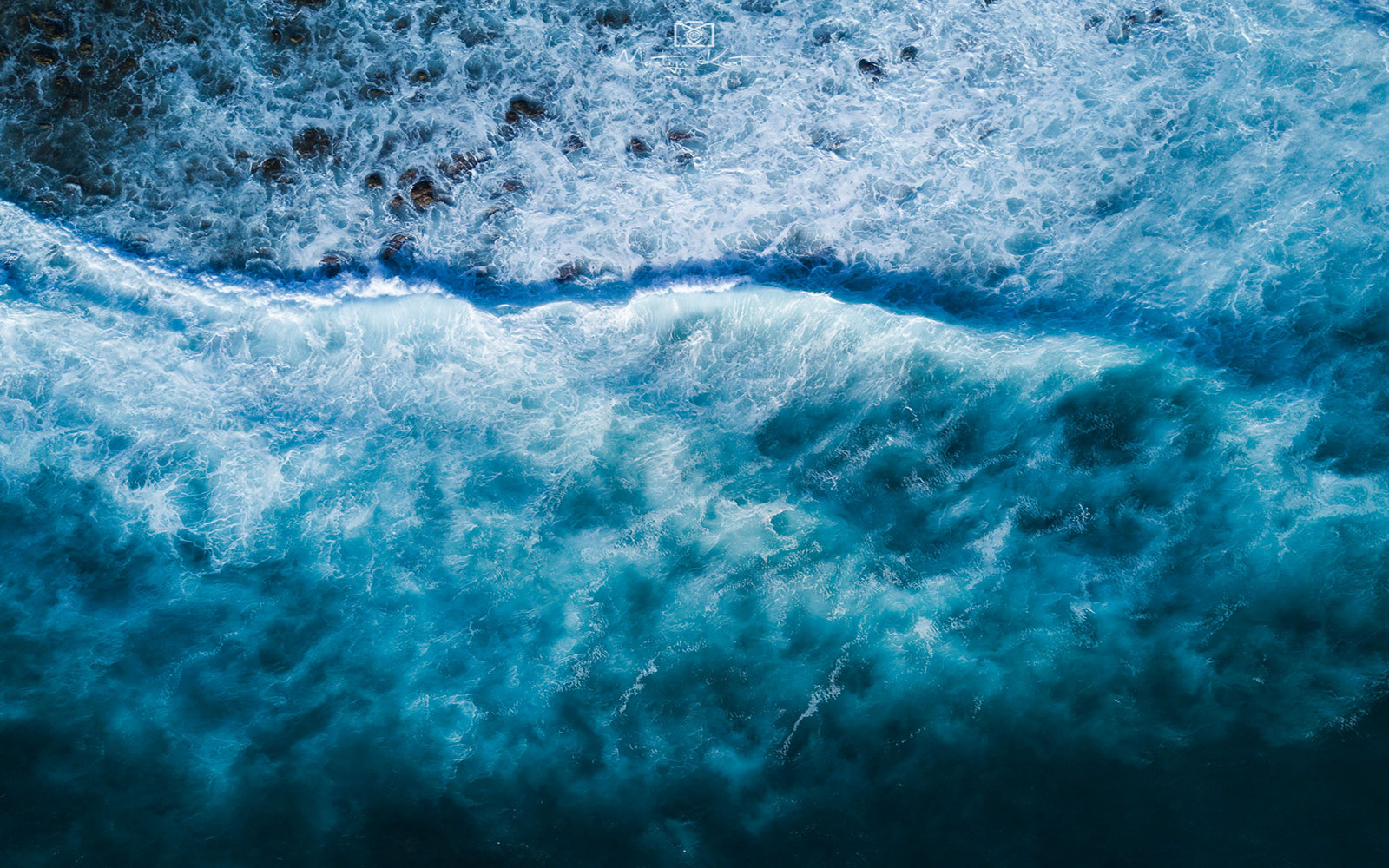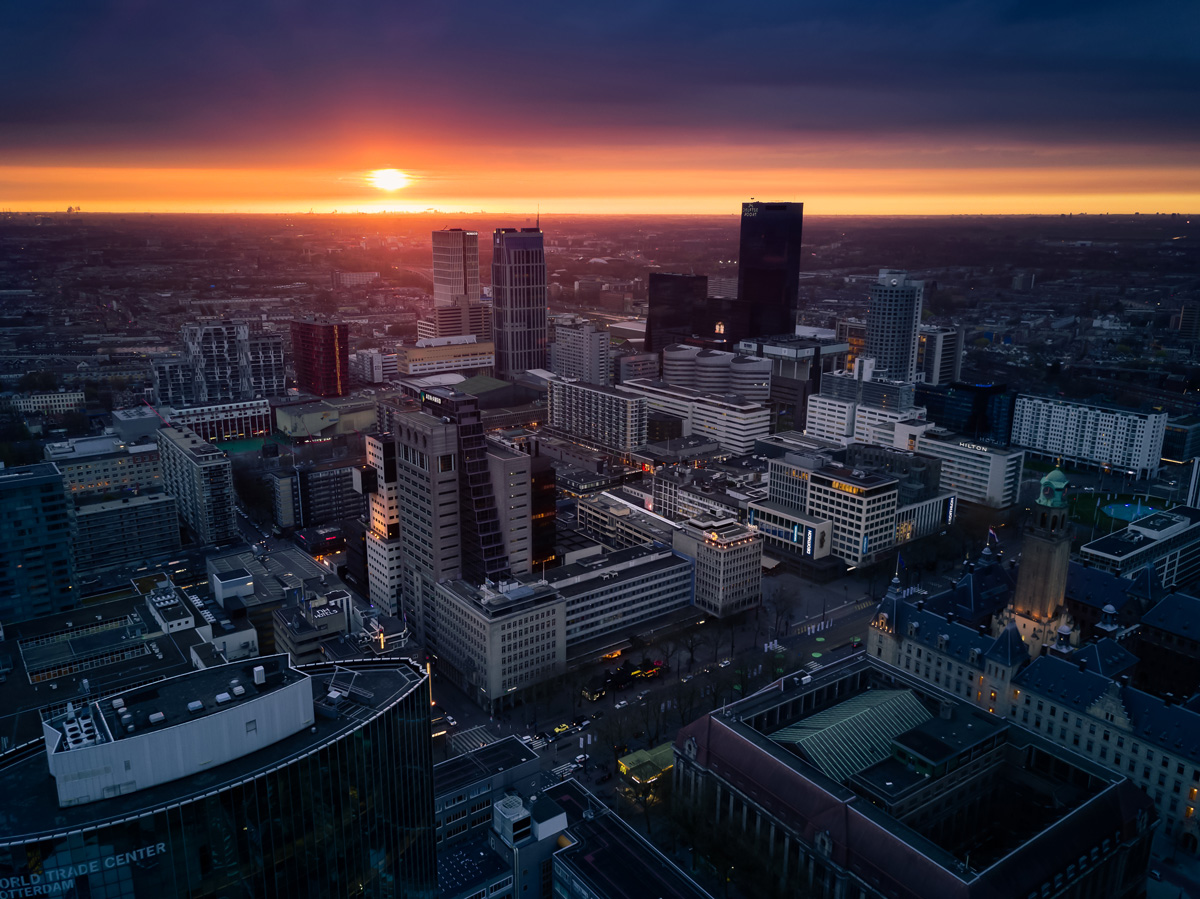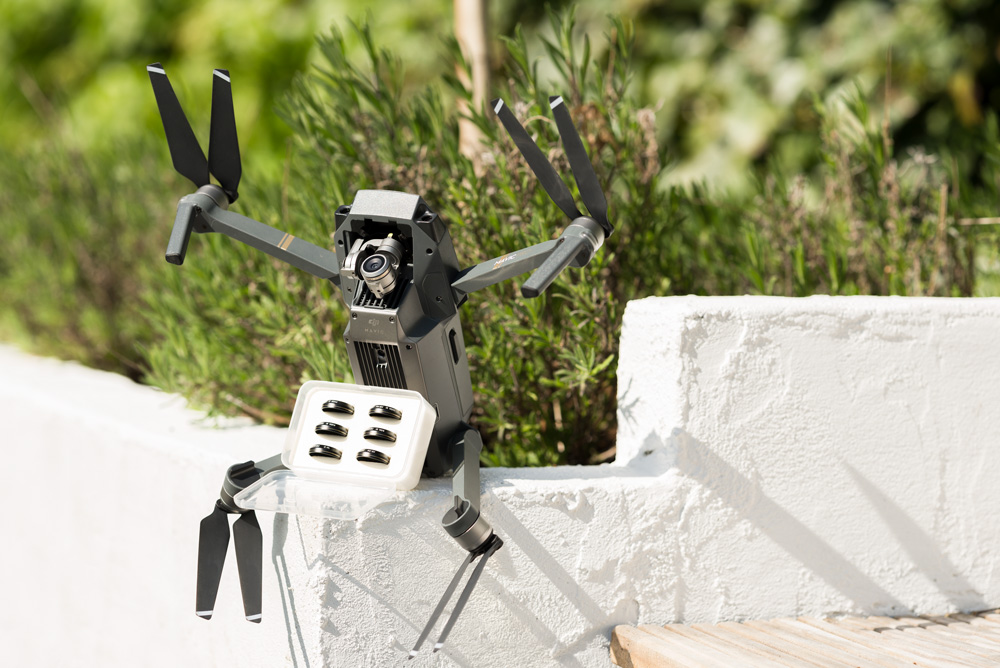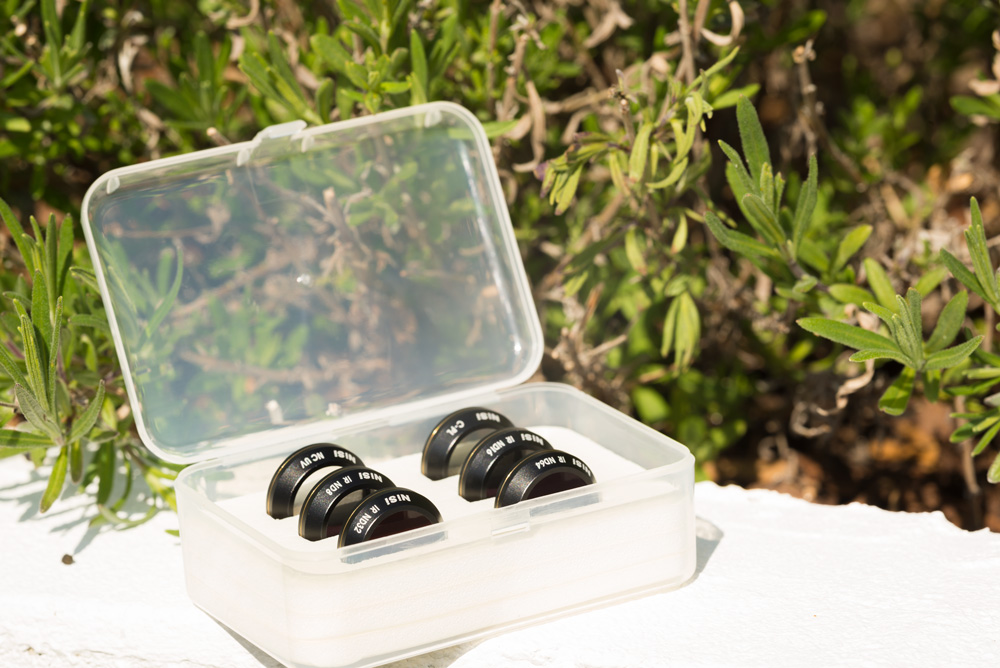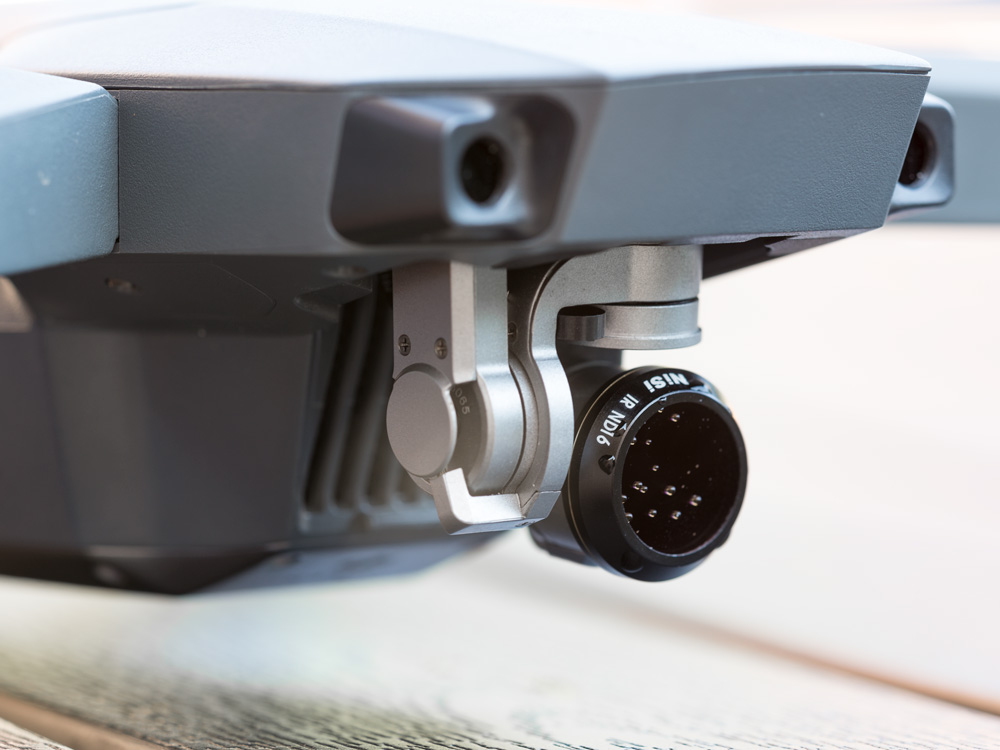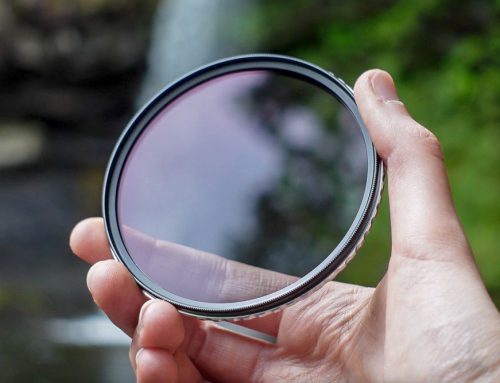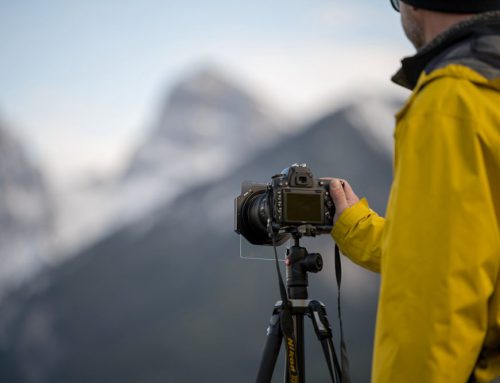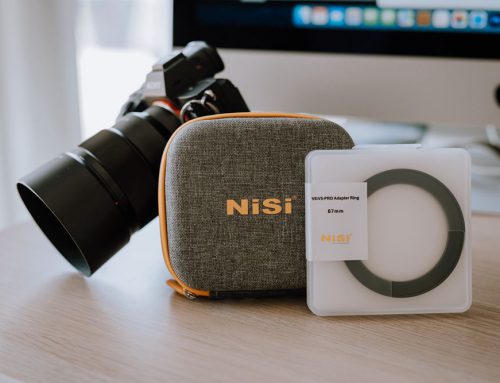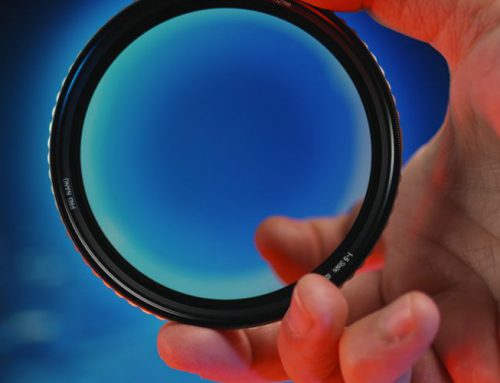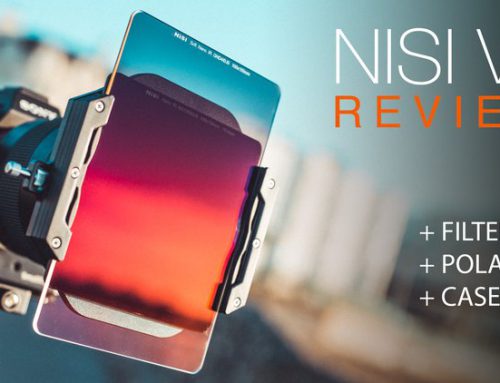Author : Martijn Kort
Get the best out of your drone
ND filters for your drone. Why?
Why do you need filters for your drone you might wonder?
On most drones the aperture is fixed so the only variables you can change to get the correct exposure are ISO and shutter speed.
If we want that cinematic motion blur in our video’s, which is created by using a reduced shutter speed in relation to your fps (frames per second) you are filming at, we need to reduce the light that is hitting the sensor of the camera.
The only way we can do that is by using ND filters, since we can’t lower the ISO further.
If we film without a ND filter during daytime the shutter speed will be around 1/1600th or something similar. This high shutter speed will result in shaky footage (rolling shutter effect), better known as “jello”.
In the old days cinematic filmmakers used the 180 degree shutter rule to calculate the shutter speed to get that motion blur. Without going into details, this rule still applies to modern camera’s. For the use of this rule on our modern day camera’s, you take double the frame rate you are shooting at as your shutter speed.
Most of us use 24 fps so we need a shutter speed of 1/48th, with 1/50th being the nearest possible.
Get the best out of your drone
ND filters for your drone. Why?
Why do you need filters for your drone you might wonder?
On most drones the aperture is fixed so the only variables you can change to get the correct exposure are ISO and shutter speed.
If we want that cinematic motion blur in our video’s, which is created by using a reduced shutter speed in relation to your fps (frames per second) you are filming at, we need to reduce the light that is hitting the sensor of the camera.
The only way we can do that is by using ND filters, since we can’t lower the ISO further.
If we film without a ND filter during daytime the shutter speed will be around 1/1600th or something similar. This high shutter speed will result in shaky footage (rolling shutter effect), better known as “jello”.
In the old days cinematic filmmakers used the 180 degree shutter rule to calculate the shutter speed to get that motion blur. Without going into details, this rule still applies to modern camera’s. For the use of this rule on our modern day camera’s, you take double the frame rate you are shooting at as your shutter speed.
Most of us use 24 fps so we need a shutter speed of 1/48th, with 1/50th being the nearest possible.
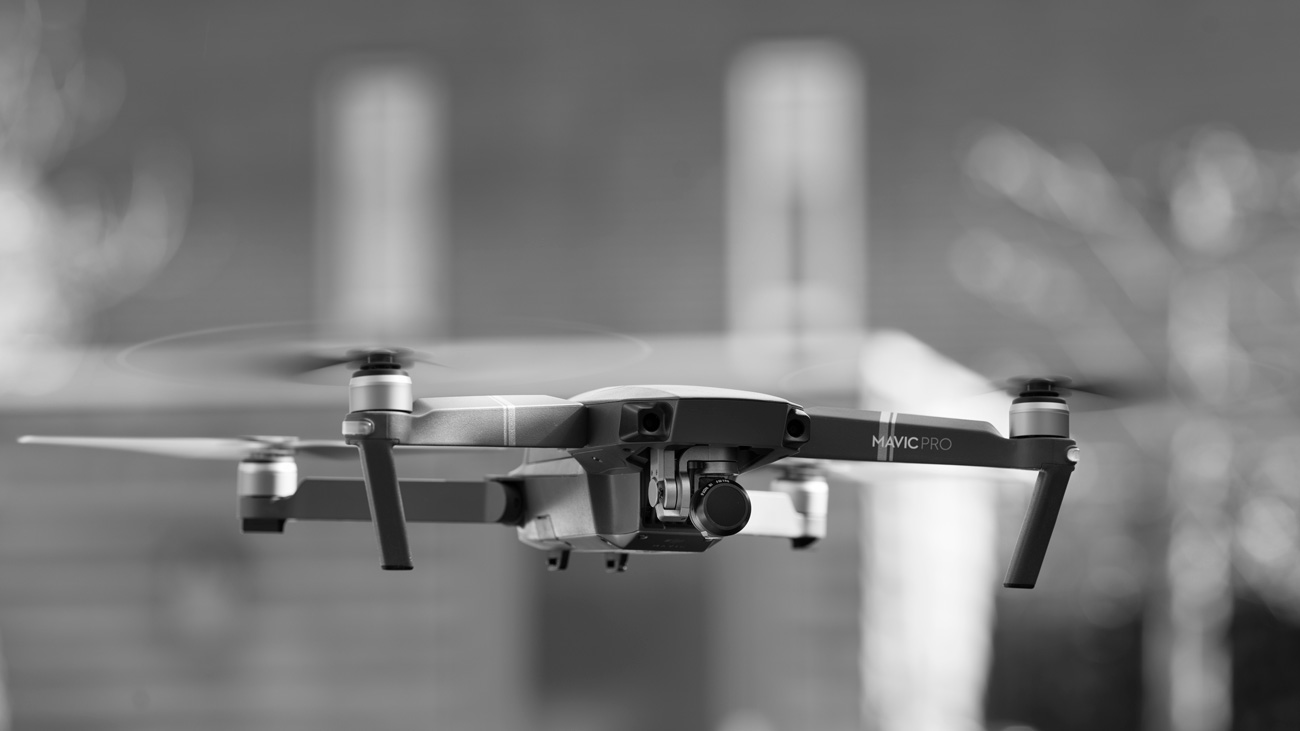
Get the best out of your drone
ND filters for your drone. Why?
Why do you need filters for your drone you might wonder?
On most drones the aperture is fixed so the only variables you can change to get the correct exposure are ISO and shutter speed.
If we want that cinematic motion blur in our video’s, which is created by using a reduced shutter speed in relation to your fps (frames per second) you are filming at, we need to reduce the light that is hitting the sensor of the camera.
The only way we can do that is by using ND filters, since we can’t lower the ISO further.
If we film without a ND filter during daytime the shutter speed will be around 1/1600th or something similar. This high shutter speed will result in shaky footage (rolling shutter effect), better known as “jello”.
In the old days cinematic filmmakers used the 180 degree shutter rule to calculate the shutter speed to get that motion blur. Without going into details, this rule still applies to modern camera’s. For the use of this rule on our modern day camera’s, you take double the frame rate you are shooting at as your shutter speed.
Most of us use 24 fps so we need a shutter speed of 1/48th, with 1/50th being the nearest possible.
“You can see how the waves flow more natural with the ND filter attached vs no filter. Without a filter they look harsh opposed a smooth movement with the ND filter. With moving subjects and especially seascapes, using the ND filters will make a difference.”
Ok now show me some results
As a photographer I am using ND filters 80% of the time. When I first flew with the drone, I wanted to have a soft Grad ND filter for it (can you make them NiSi?).
That would help me even more with drone photography. While shooting film I noticed the jello effect, but didn’t knew how to overcome that.
After reading about it online and attaching the correct ND filter to my drone, the difference was obvious.
Have a look at the video to see the difference side by side and see how the waves roll smooth when the filter is attached.
The video isn’t meant to be professional, it isn’t colour graded, it is made just to show you what the (correct) ND filter does.

